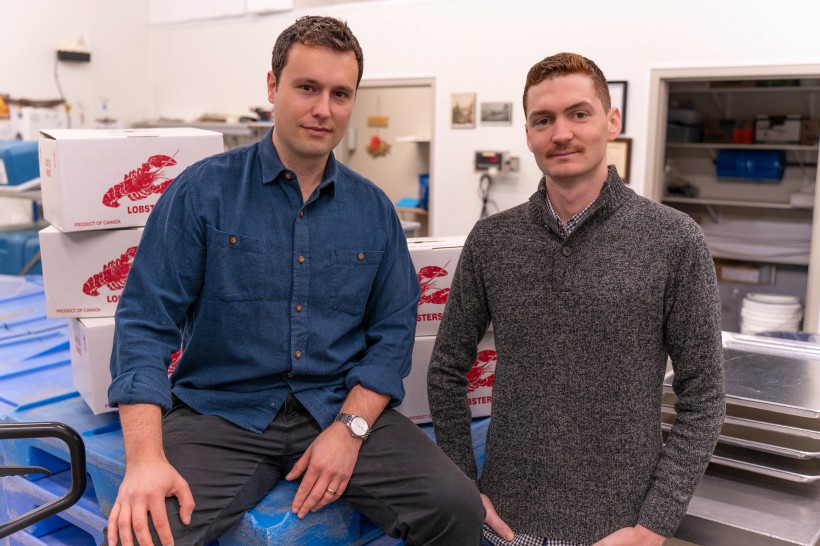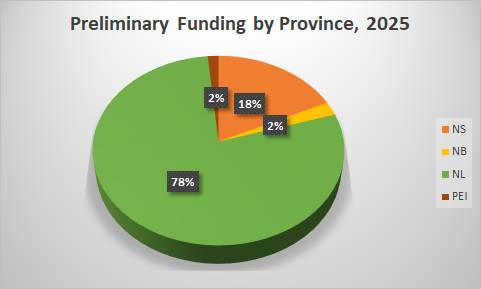Almost everything we experience in life has some kind of design. Determining if it is good or not is complicated. Where one object or process may function well under one set of conditions, it may fail under another. From a business standpoint, three factors separate the winners from the losers: the design’s utility, its appeal to a particular demographic, and its staying power.
When developing or improving a product, service or technology, the most successful companies employ professional designers from the very start. Most do it too late, and some not at all. Instead they apply outmoded designs. The result? A mismatch between what buyers want/need and the design elements that appeal to those wants/needs, such as aesthetics, ergonomics and aroma. The two must come together.
Leaving design to the end, or as an afterthought, can expose you to a huge financial risk. After spending large amounts of time and money on R&D, the last thing you want to hear from a potential customer is, “We love it. But, we can’t buy it. It’s the wrong shape. It’s too heavy. The handle needs to be on the other side. It won’t fit in standard air-cargo container,” and so on. This is the point where many innovators go wrong. They get attached to what they think the product should be; then they have to pull it apart thread by tread to make it in a way that could have been achieved much earlier. This often means “back to the drawing board,” which means “back to the bank.”
You could have the most amazing product or service ever known, but if the design is amateurish, everything can be lost – and very quickly. Economic value can be found by employing professional designers from the get-go. By their nature and artistic skills, they can apply fresh, contemporary designs to even the most mundane, market-saturated products, making them more competitive.
Consider the forestry industry. For generations, this sector in Atlantic Canada depended on commodity-based products like lumber and wood pulp for export. The sale of these raw materials was a major driver of the early 20th century economy, so there was no demand for design to add value. Then came globalization and lower production costs in developing countries. Add in the move from paper to plastic and pixels, and you can see how one of our most valuable industries went into decline.
The forest is still there. If we bring professional designers into the mix, one of the region’s most prosaic natural resources can shed its economic inertia and enter the dynamic market for finished goods.
Open any decorating magazine and you’ll find a wellspring of stories and ads showcasing the most exquisitely designed wood products. They range from entire buildings to kitchen cabinets and the simplest of chairs. The most innovative and fashionable designs get the center spread, portrayed like masterpieces of art. But they are not art. Each piece of art is unique, but professional designers ensure products are engineered and styled in such a way that they can be reproduced, over and over.
To emphasize the point, what is the difference between a $500 chair and an $80 chair made of the same quantity of wood? Design. The $500 design looks “cool”, and people want a piece of that “cool”. The same rule applies for cabinetry, dining tables, and side tables, even prefab homes. It is good design that wins, no matter how low or high is the price.
A designer might produce plans that, in the eyes of the local market, are the coldest, ugliest things ever seen. But, will local workers say no when a 200-unit condominium development in Montréal orders the minimalist, modern, urban-chic kitchen cabinets for the entire building? Just because it might not appeal to our “regional” taste, if such a thing exists, it doesn’t mean that we shouldn’t apply our mastery of skills to it.
Multiple papers have been written about design as an economic driver, and some jurisdictions are really cashing in. For example, in Helsinki, Finland, with a population of 650,000, you’ll find over 500 design studios. How about Atlantic Canada? Try Googling “industrial design” or “product design” studios in your province. You will find very few, if any. Then try Helsinki. We may be missing the boat here. Why? Because we just don’t have an advanced design culture in our region. It’s not that we did anything wrong. It’s just that our 20th century focus on traditional, commodity-based products produced no demand for such a thing.
Innovation cannot occur without design. It’s time that our region starts to infuse a culture of design into its productivity base. To do that, a design infrastructure needs to be built and stocked with the creative human talent needed to transform the goods that the region already makes into the great ones the world awaits.
Chet Wesley is the Director of Marketing at the New Brunswick Innovation Foundation.









